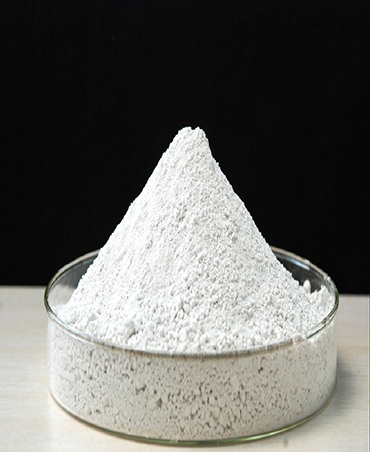


Zirconium is a lustrous, grey-white, strong transition metal that is highly resistant to corrosion. It is primarily obtained from the minerals zircon and baddeleyite. Its unique properties make it invaluable in a variety of industrial and technological applications.
Corrosion Resistance: Excellent resistance to corrosion by acids, alkalis, and seawater, making it ideal for harsh environments.
High Melting Point: With a melting point of 1855°C, zirconium is suitable for high-temperature applications.
Low Thermal Neutron Absorption Cross-Section: Essential for nuclear reactors, as it does not easily absorb neutrons.
Strength and Toughness: Maintains mechanical strength and toughness at high temperatures.
| PARAMETER | VALUE |
|---|---|
| Chemical Symbol | Zr |
| Atomic Number | 40 |
| Color | Silver-grey |
| Density | 6.52 g/cm³ |
| Melting Point | 1855°C (3371°F) |
| Boiling Point | 4409°C (7968°F) |
| Crystal Structure | Hexagonal close-packed (hcp) at low temperatures, body-centered cubic (bcc) at high temperatures |